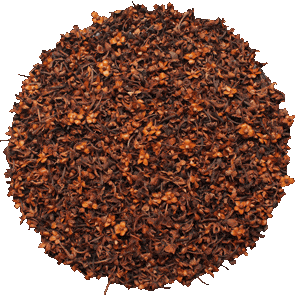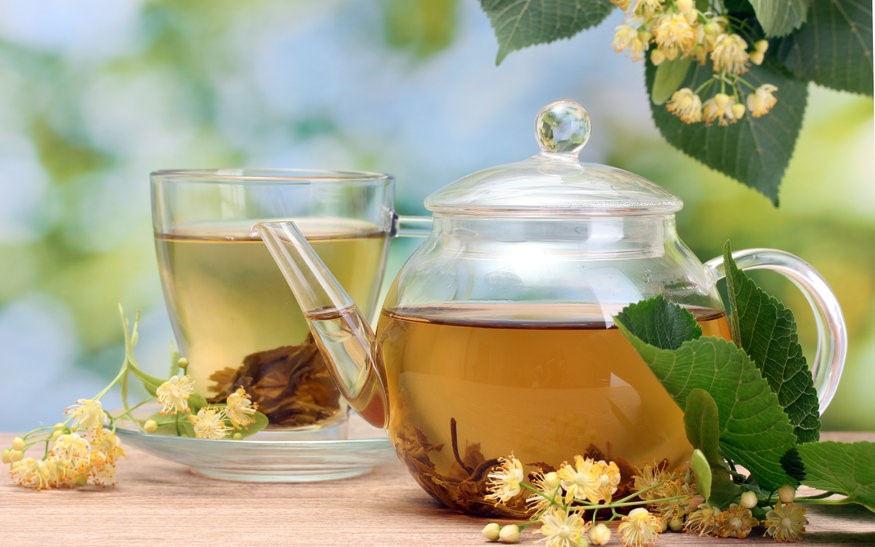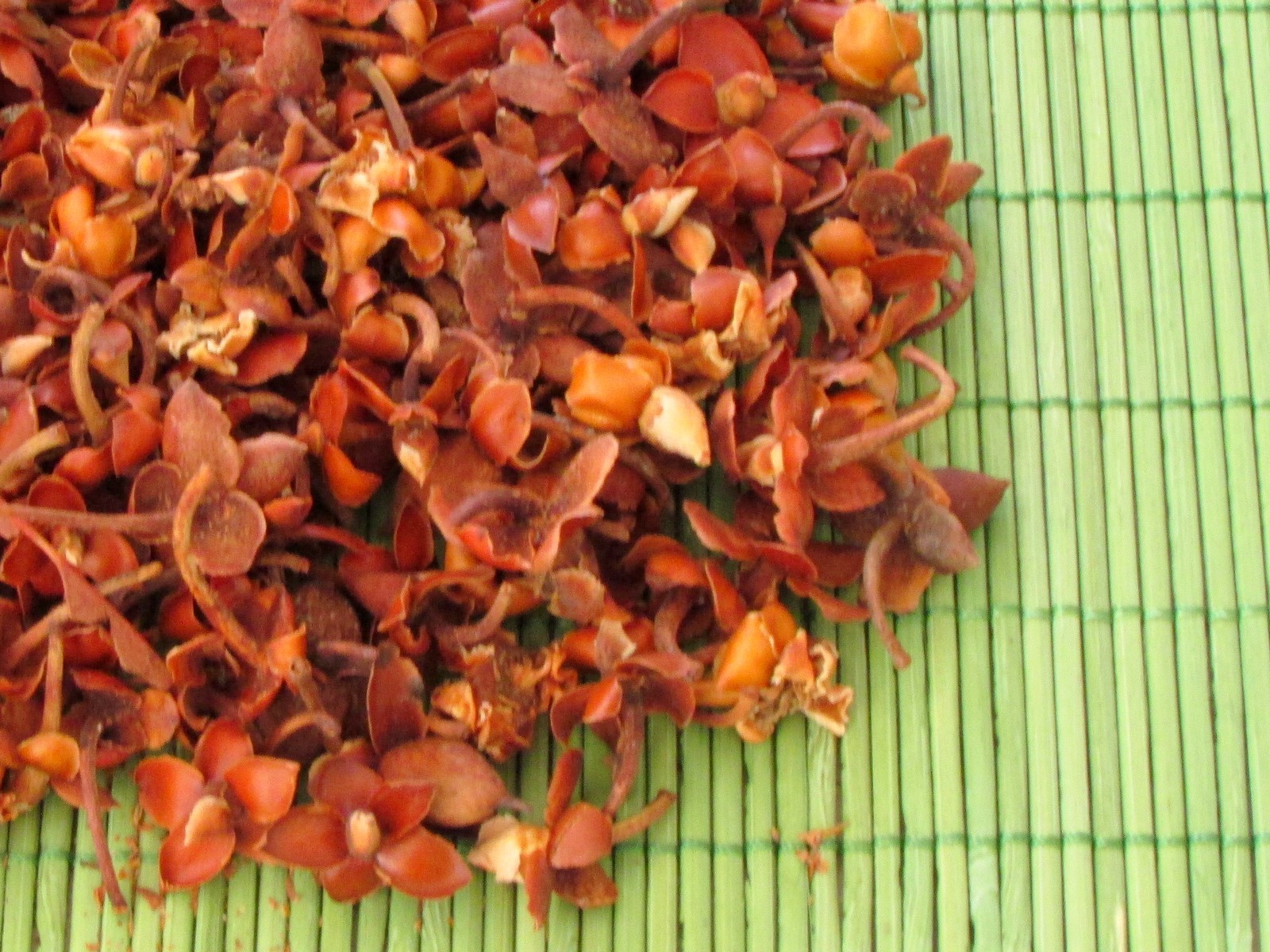La tila o té de tilo es un árbol del género tilia (Tilia platyphyllos) que crece en Asia, América y Europa, en los climas frías y húmedos.
La parte superior de las hojas son de un color verde oscuro y la parte inferior es muy brillante, casi blanca.

La tila tiene muchos usos como planta medicinal, es común que las personas lo tomen en infusión, estos son algunos de ellos:
Diaforético: ayuda a mejorar el resfrío común y otras infecciones respiratorias gracias a su capacidad para estimular la transpiración.
Antiespasmódico: ayuda a músculos que se estén contrayendo de forma desordenada a volver a su estado normal, controlando además el dolor que esto trae.
Alivia síntomas del colon irritable y diversos cólicos o espasmos en el sistema digestivo y reproductor.
Relajante y somnífero: tiene efecto sedante sobre el sistema nervioso. Ayuda a quienes padecen nerviosismo, estrés e insomnio, alivia sus síntomas.
Anti-inflamatorio: tiene la cualidad de desinflamar músculos u órganos inflamados, por lo que disminuye el dolor de esa condición
Diurético: ayuda a eliminar líquidos sobrantes del organismo.
Vasodilatador e hipotensor: ayuda a relajar los vasos sanguíneos y a disminuir la presión de la sangre. Ayuda a prevenir diversas enfermedades cardiovasculares como el infarto cardíaco y la trombosis, así como para mejorar algunas ya existentes tales como várices, hipertensión y arteriosclerosis.
Digestivo y carminativo: Alivia diversos tipos de cólicos, mejora la disfagia o dificultad para tragar, alivia la flatulencia ayudando a eliminar gases e hinchazón. En especial ayuda al hígado y la vesícula biliar, facilitando la expulsión de cálculos y mejorando el flujo de bilis.
Analgésico: alivia diversidad de dolores, sea por su acción antiespasmódica, anti-inflamatoria o relajante. Es muy beneficiosa para quienes sufren dolor de cabeza lacerante, migraña o jaqueca.

COMPRA EN LÍNEA:
https://hierbasdemexico.com.mx/tienda/
Siempre es bueno estar informado al 100% y consultar con tu médico de confianza antes de tomar cualquier suplemento. Producto 100% natural, su uso está destinado al consumo como alimento.
EL CONSUMO DE ESTE PRODUCTO ES RESPONSABILIDAD DE QUIEN LO RECOMIENDA Y DE QUIEN LO USAREFERENCIAS
1)Comparative metabolomics of Tilia platyphyllos Scop. bracts during phenological development.
Szűcs Z, Cziáky Z, Kiss-Szikszai A, Sinka L, Vasas G, Gonda S.Phytochemistry. 2019 Nov;167:112084. doi: 10.1016/j.phytochem.2019.112084. Epub 2019 Aug 12.PMID: 31415913
The medicinal plant drug «Tiliae flos» consists of the botanical flowers and bracts of Tilia sp., gathered almost exclusively during flowering. In this study, we examined the changes in the metabolome of specialized products in the bracts of Tilia platyphy …
Galiano L, Timofeeva G, Saurer M, Siegwolf R, Martínez-Vilalta J, Hommel R, Gessler A.Plant Cell Environ. 2017 Sep;40(9):1711-1724. doi: 10.1111/pce.12972. Epub 2017 Jun 23.PMID: 28432768 Free article.
Increasing tree mortality driven by drought globally has renewed the interest in how plants regulate allocation of recently fixed C to reserve formation. Three-year-old seedlings of two species (Tilia platyphyllos and Pinus sylvestris) were exposed to two intensitie …
Jabeur I, Martins N, Barros L, Calhelha RC, Vaz J, Achour L, Santos-Buelga C, Ferreira IC.Food Funct. 2017 Mar 22;8(3):975-984. doi: 10.1039/c6fo01778a.PMID: 28164200
Thus, in the present study, the antioxidant, anti-inflammatory and antitumor potentials of hydroethanolic extracts rich in phenolic compounds obtained from Equisetum giganteum L. and Tilia platyphyllos Scop. were assessed and directly correlated with their content o …
Phuekvilai P, Wolff K.Appl Plant Sci. 2013 Mar 28;1(4):apps.1200386. doi: 10.3732/apps.1200386. eCollection 2013 Apr.PMID: 25202533 Free PMC article.
PREMISE OF THE STUDY: Microsatellite markers in the genus Tilia were developed to investigate the genetic variation in T. platyphyllos and its relationship with T. cordata. …CONCLUSIONS: These markers will be useful tools for investigating the phylogeography and h …
Zeppa S, Sisti D, Pierleoni R, Potenza L, Guescini M, Vallorani L, Stocchi V.Plant Physiol Biochem. 2005 Jul;43(7):709-16. doi: 10.1016/j.plaphy.2005.06.008.PMID: 16122938
To gain more information about structural and functional traits involved in ectomycorrhizal formation, two «in vitro» ectomycorrhizal systems, set up by the inoculation of Tilia platyphyllos Scop. roots with either Tuber brumale Vittad. or T. borchii Vittad. mycelia …



